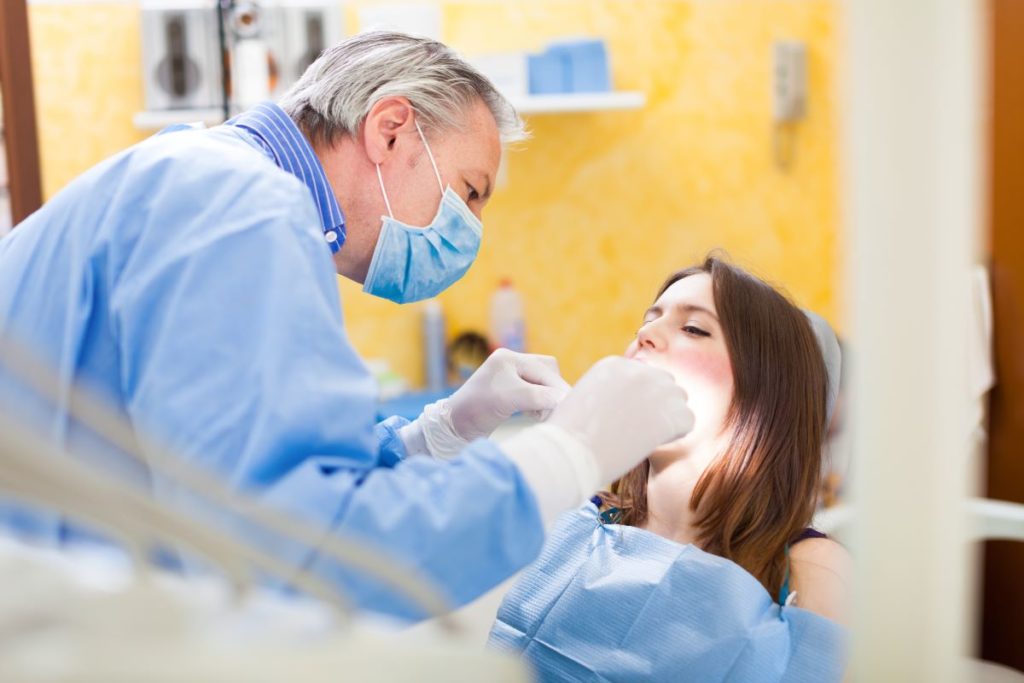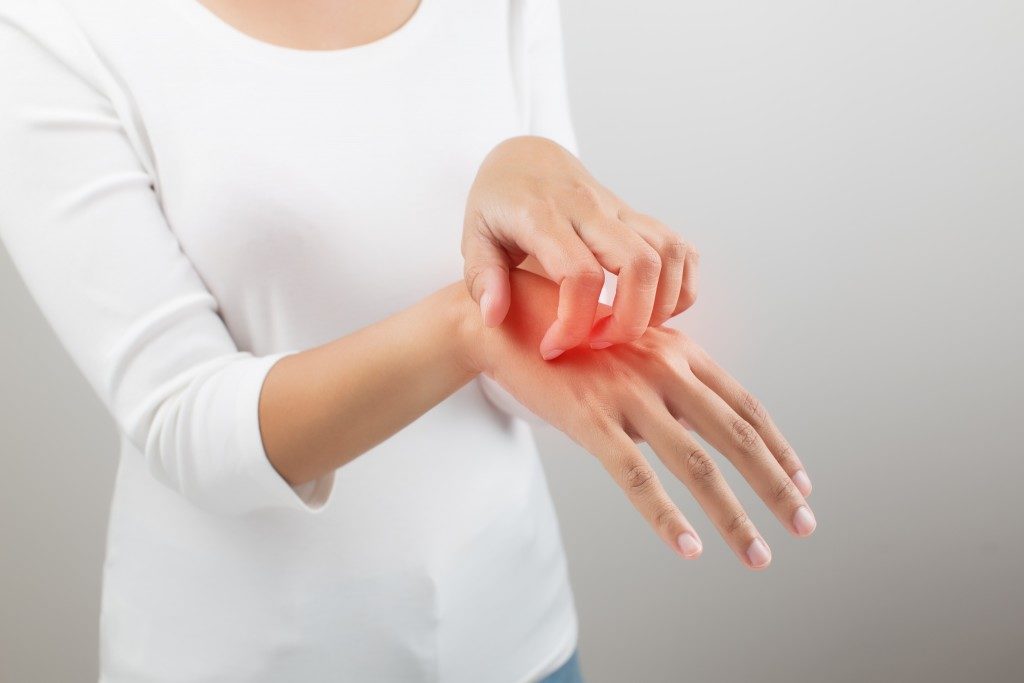California is one of the fastest states to adopt new technology, even when it comes to dentistry. From Alameda to Upland, reputable dentists are using the latest technology to make visits to the dentist something to look forward to.
1. Invisible Braces
Gone are the days of awkward braces that can’t help but draw attention. Today, in LA, teens and adults can opt for invisible braces (Invisalign) for a more inconspicuous yet comfortable and effective way to make their smiles shine. Invisalign braces are not “bolted” to your teeth. You can easily take them out whenever you need to, and you don’t need to be wary of certain foods. Invisible braces have been known to minimize insecurities and instances of bullying. They can be a bit more expensive, but paying a few hundred dollars more for the happiness of your kids (or yourself, for that matter) shouldn’t be an issue.
2. 3D-Printed Crowns and Dentures
The use of 3D printers has become an integral part of modern dentistry. No more uncomfortable molds for broken teeth as dentists are 3D printing anything from crowns to dentures, ensuring detailed customization for each client. Crowns can be replaced immediately, only requiring a photo of the tooth and special software. Waiting times are cut, and there won’t be any need for subsequent visits. The precision of 3D printers produces significantly better results than the ones from a few years ago. The crowns of broken teeth can be replaced with special resins to the exact proportions of the original.
Using 3D printers to make dentures is also more convenient. Dentures can be produced in as early as two to three days, with precise customization for each client. 3D printed crown and dentures can be less expensive than ones made through traditional methods (using molds), as relying on a printer reduces the need for extensive labor.
3. Intra-Oral Cameras
No more prying and prodding your wide-open mouth to get a clear view of your teeth. Intra-oral cameras can take the necessary pictures and scans of your teeth without the usual intrusions. Dentists won’t need to struggle with the necessary angles to find cavities, and you won’t need to keep your mouth open until your jaw aches. Intra-oral cameras take very accurate photos or videos of your teeth from inside your mouth. It takes less than 10 minutes for a full scan, and your dentist will have an accurate picture of every tooth and cavity.
4. Robotic Assistance
Robot-assisted surgeries are nothing new to the medical world. Using robotic assistants, doctors can make more intricate and minute movements in their surgeries. Robotic assistants are also used in dentistry, especially for patients that require dental implants. Dental “robots” usually come with navigational programs that provide magnified sensory information. They allow dentists to drill or cut with utmost precision as robotic assistants translate movement to a finer scale. Using robotic assistants also decreases the amount of pain experienced as well as recovery time.

5. Laser Drills
For most people, the scariest part of a visit to the dentist is the sound of the drill. More than a few kids (and adults) have been traumatized by the incessant buzzing sound, promising both pain and blood. Fortunately, dental lasers can banish your traumas away. Dental lasers are significantly quieter than the usual drill. They are more precise than traditional rotary drills, dealing minimal damage to surrounding tissues. Lasers are also more forgiving than a metal drill, giving dentists more leeway and inflicting minimal to no damage in case of accidents (which is highly unlikely). Using lasers automatically sterilizes any place the dentist might be working on, reducing the chances of infections. Of course, dental clinics that use dental lasers may charge higher rates, but it may be worth it to get away from the drill.
6. Electric Anesthesia
There are hundreds of funny videos of disoriented kids after their trips to the dentist. General anesthesia can screw around with the brain, and using local anesthesia is always safer. Topical anesthesia may not be enough. However, introducing a mild current can magnify their effects. Mild electrical stimulation, which is barely felt, will stimulate the mouth, allowing for the better absorption of topical anesthetics. It eliminates the need for needles and the pain and trauma they bring, and there won’t be any confusion, slurred speech, or numbed mouths afterward.
If you’re in California, you don’t need to shy away from the dentist. Your visits to the dentist won’t be as scary, painful, or even uncomfortable, as access to technology makes California’s great dentists even better.



